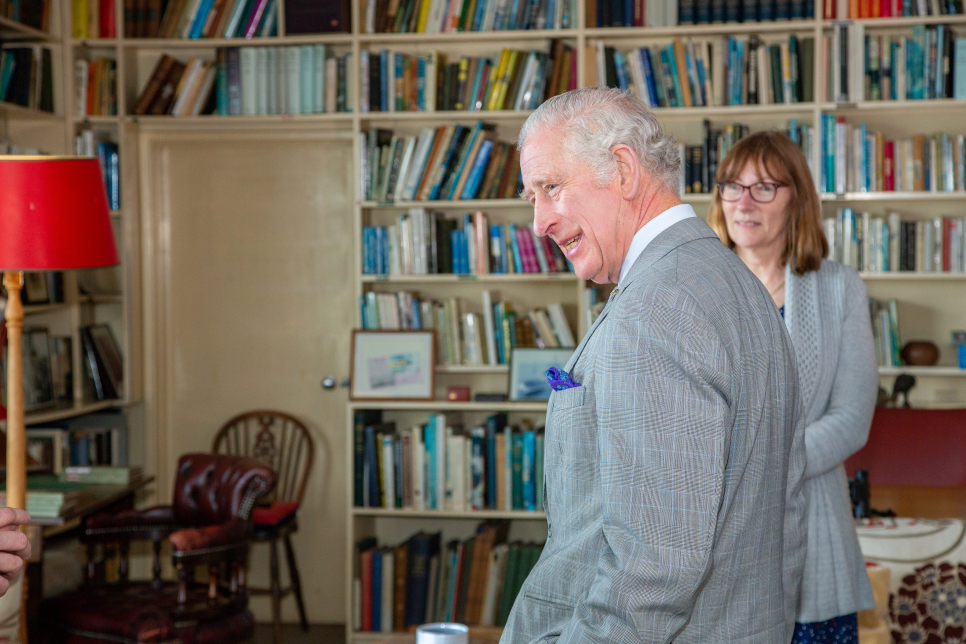Art, people, wildfowl and you
Mandarin Ducks as wedding presents? Eiders nesting in old car tyres? Humans have always found ways to bring birds into our culture. A new exhibit will explore our ongoing fascination, using arts activities for families. Engagement Officer Ged Cassell and his team of volunteers have been testing some of the ideas.
‘People and Wildfowl’ will explore the long history of people living alongside birds. As well as farming and hunting, it’s a story of mystery and belief. It includes the paintings of geese in the tombs of ancient Egypt, and traditions of ornithomancy – foretelling the future from the behaviour of birds.
A major aspect of this exhibit will be a range of family activities based on arts and crafts. During the Easter holiday, artist Rory McCann came to Slimbridge so we could try out this idea with our visitors. Rory helped children to make stencils and use them to create beautiful images of wetland birds, animals and landscapes. As well as making their own card to take home, we asked the children to contribute a small artwork of their own to a larger, collaborative piece which we could display.
Meanwhile “Sparky” – Mark Roberts of our Aviculture team – talked to visitors at Puddleduck Corner about our domesticated ducks. These include Call Ducks, Indian Runners, Khaki Campbells and the huge, weird Rouens that look like enormously fat Mallards. Sparky explained how all these birds were originally bred for specific purposes, such as increasing their egg-laying or improving their flavour for the table.
Back at Rory’s group, the stencils were proving an inspired choice. The technique was simple, but even the youngest children were producing beautiful artworks of flamingos or kingfishers against a brilliant sunset or a pattern of rippling waves. Everyone was delighted with the results!
We asked the children about the kinds of art activities they preferred. We got a clear message that they liked creating something to take home, rather than contributing to a larger piece for exhibition. They also much prefer ‘freer’ activities, where they do their own thing, to those where they are shown what to do.



